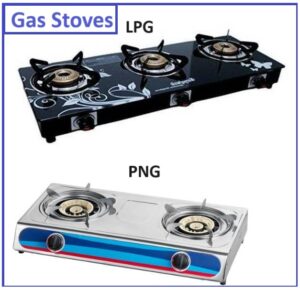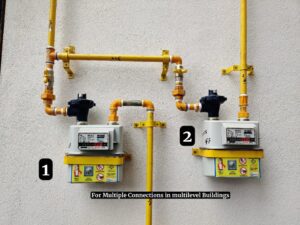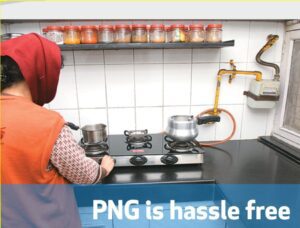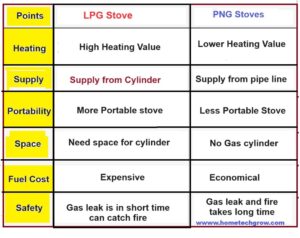- Piped Natural Gas (PNG) and Liquefied Petroleum Gas (LPG) are both forms of natural gas used for various purposes, particularly for cooking and heating.
- However, there are distinct advantages of PNG over LPG gas:
- Convenience:
- PNG is delivered through pipelines directly to homes and businesses, eliminating the need for manual refills and storage like LPG cylinders.
- This makes PNG more convenient as users don’t have to worry about running out of gas or scheduling refills.
- Continuous Supply:
- Since PNG is supplied through pipelines, there is a continuous and uninterrupted supply of gas.
- Users don’t experience disruptions due to empty cylinders or delivery delays, which can happen with LPG.
- Cost-Effective:
- In many cases, PNG can be more cost-effective than LPG because it is often priced lower
- PNG eliminates the need for cylinder refills, transportation costs, and manual handling charges associated with LPG.
- Safety:
- PNG pipelines are designed with safety features such as automatic shut-off valves in case of leaks,
- It reduces the risk of accidents compared to handling and storing LPG cylinders.
- Environmental Benefits:
- PNG is a cleaner-burning fuel compared to LPG, with lower emissions of pollutants such as carbon monoxide and particulate matter.
- This contributes to better air quality and reduced environmental impact.
- Space-Saving:
- Since PNG is supplied through pipelines, it doesn’t require storage space for cylinders as LPG does.
- This can be particularly beneficial for residential and commercial spaces with limited storage capacity.
- Regulated Supply:
- The supply of PNG is typically regulated by utility companies, ensuring consistent quality and safety standards compared to LPG, which may vary in quality depending on the source and handling practices.
- Overall, PNG offers advantages in terms of convenience, continuous supply, cost-effectiveness, safety, environmental impact, space-saving, and regulated supply when compared to LPG gas.
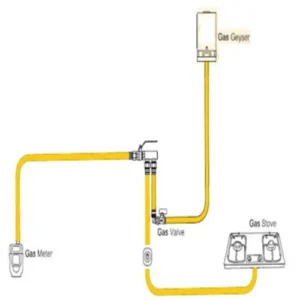
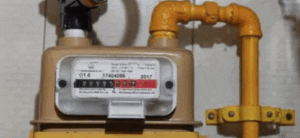
How to Convert LPG to PNG for Cooking
- You can convert LPG (propane) to natural gas (NG) using a fuel conversion kit.
- The kit includes new orifices, burners, and other parts.
- Some appliances come with conversion kits.
- You should check the manufacturer’s instructions to ensure it’s safe and possible to convert your stove to natural gas.
Burner Stoves Selections
- You can check the venturi and burner size, holes, flame shapes

LPG Gas stove venturi for cooking - The correct size of the gas injector and the adjustment of supply pressure are required in order to safely convert from LPG to natural gas (PNG).
- Depending on the appliance, dampers, aeration sleeves, and air baffles must also be replaced properly.
- Otherwise, it can be hazardous, as these are combustible gases.





